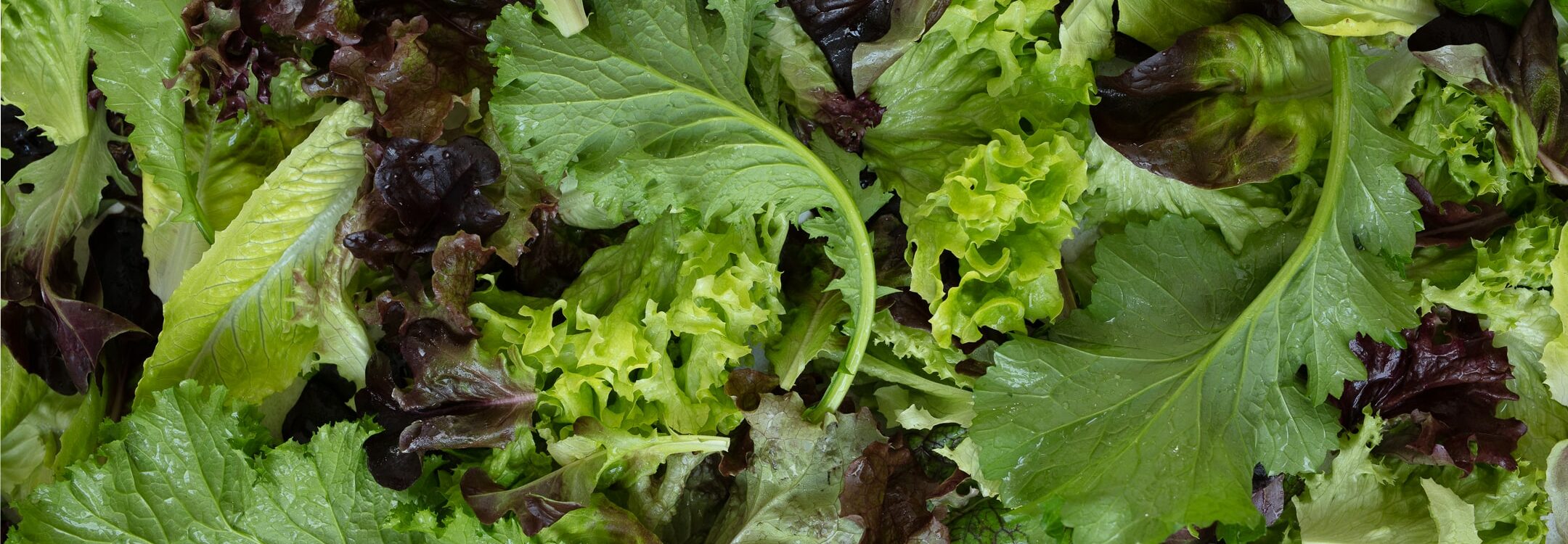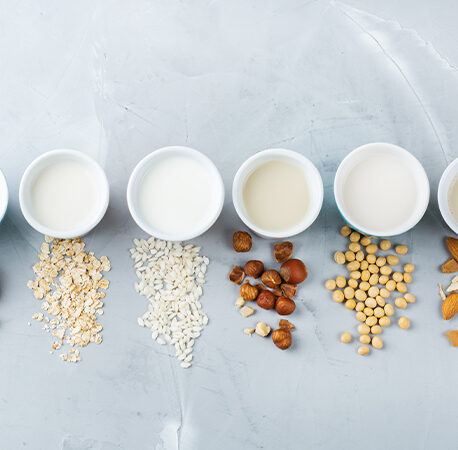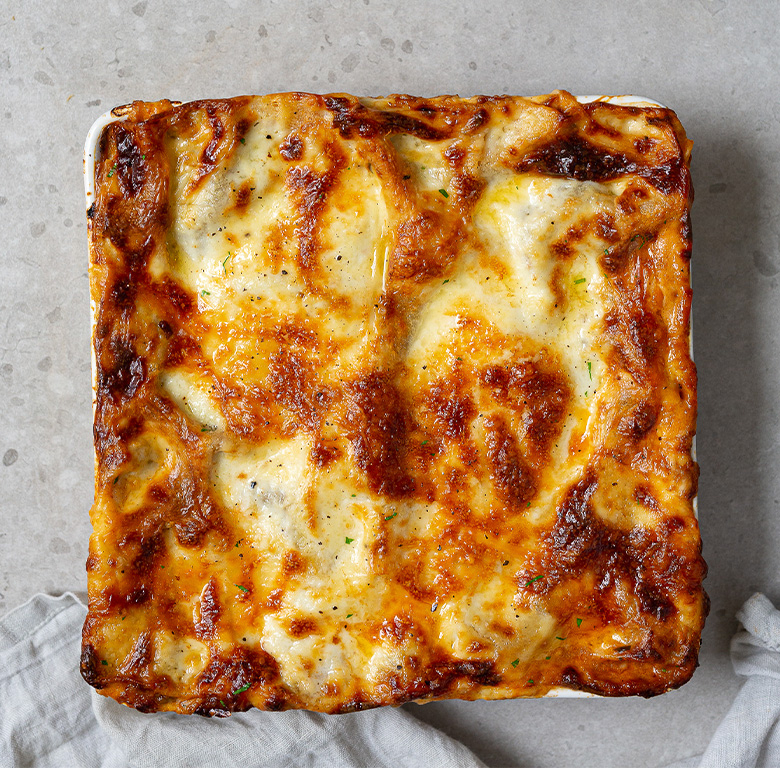Lettuce Lessons: Get to know your salad leaves and when best to use them.
Iceberg lettuce:
Crisp and refreshing, iceberg lettuce has pale green leaves and grows in cabbage-like bulbs. Iceberg is perfect for adding crunch to burgers and sandwiches.
Little gem:
This miniature variety of romaine lettuce looks similar to its larger relative, but has a slightly sweeter flavour and thinner, crisper stalk.
Round lettuce:
As the name suggests, the head is round, with leaves that are crisp in the middle by softer and deeper in colour further out.
Kale:
This leafy green comes in a variety of colours, shapes and textures. It’s often eaten raw in salads, but we recommend massaging it beforehand; massaging kale helps to break down its tough texture, making it easier to chew.
Romaine lettuce:
Romaine’s long, narrow leaves are ideal for adding crunch to salads, burgers and sandwiches and is a must-have for Caesar salads. The outer leaves are typically a little more bitter than the tender inner leaves.
Rocket:
Peppery and piquant, rocket packs a flavour punch. It stands up well to stronger flavours like ages cheeses or cured meats, so try it in robust salads or a side with charcuterie or roasted veg.
Watercress:
Watercress is slightly more peppery than rocket, which makes sense as its part of the mustard family. Mix with milder leaves in a salad, or use it to elevate the flavour profile of dishes like the classic egg mayo.
Oak lettuce:
Oak lettuce comes in red and green varieties; it is firm and crisp with a mild, sweet and nutty flavour.
Spinach:
Raw spinach has a mild, slightly sweet taste that can be refreshing in salads, while its flavour becomes more acidic and robust when it is cooked.
Need some tasty salad recipes? Check out some of our favourite summer salads here!






You have to be signed in to comment this post.